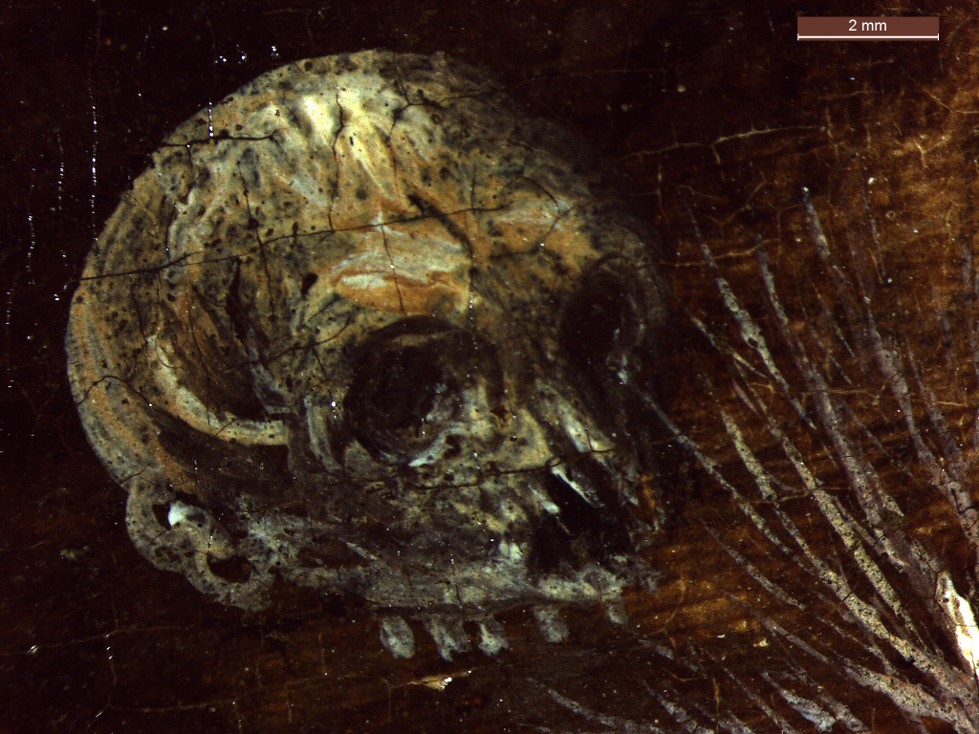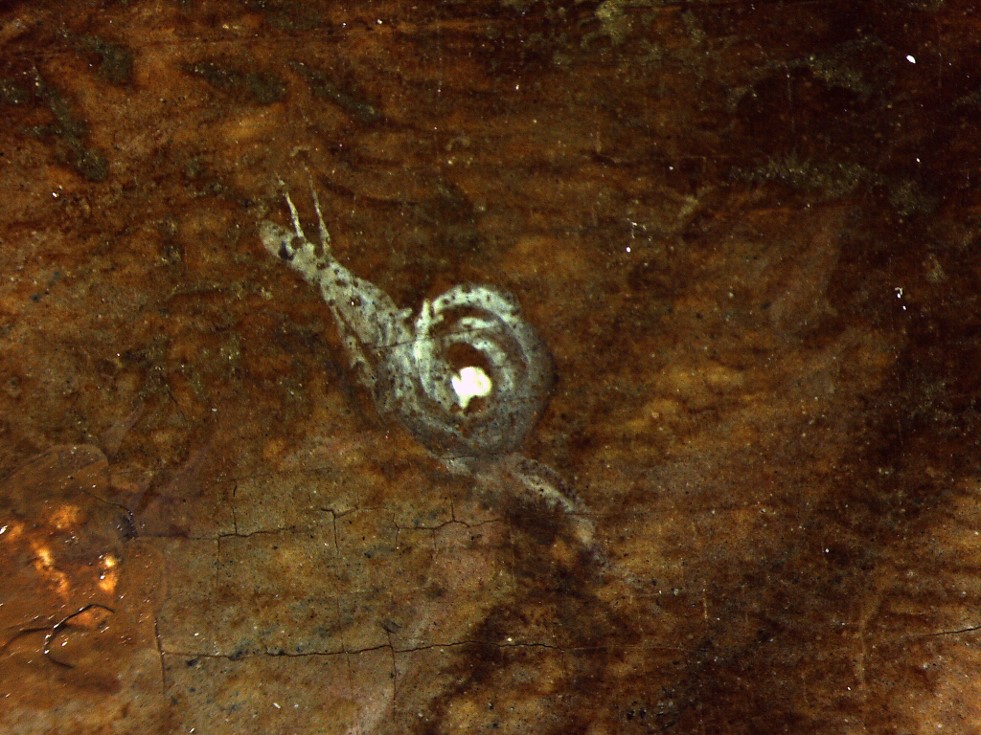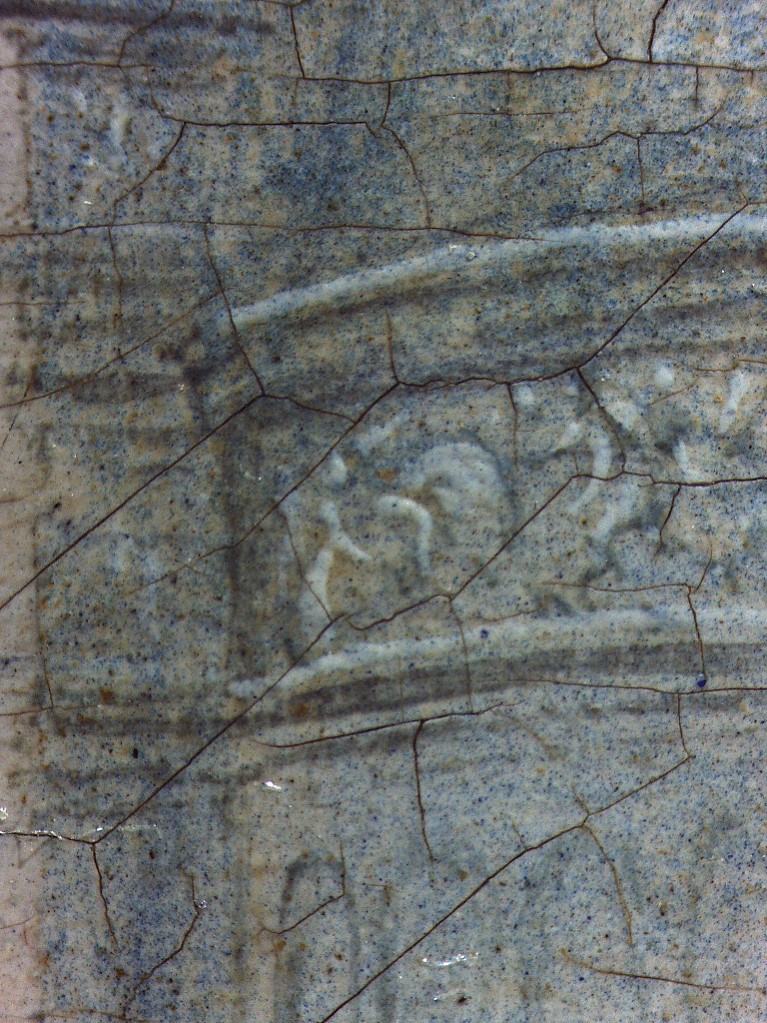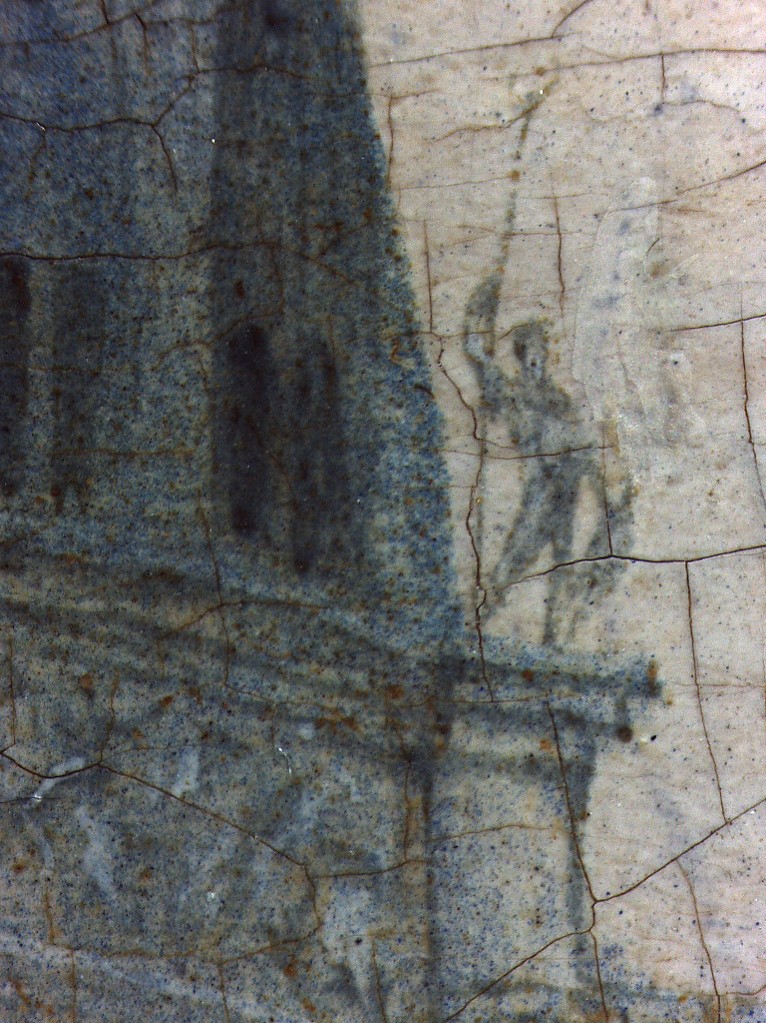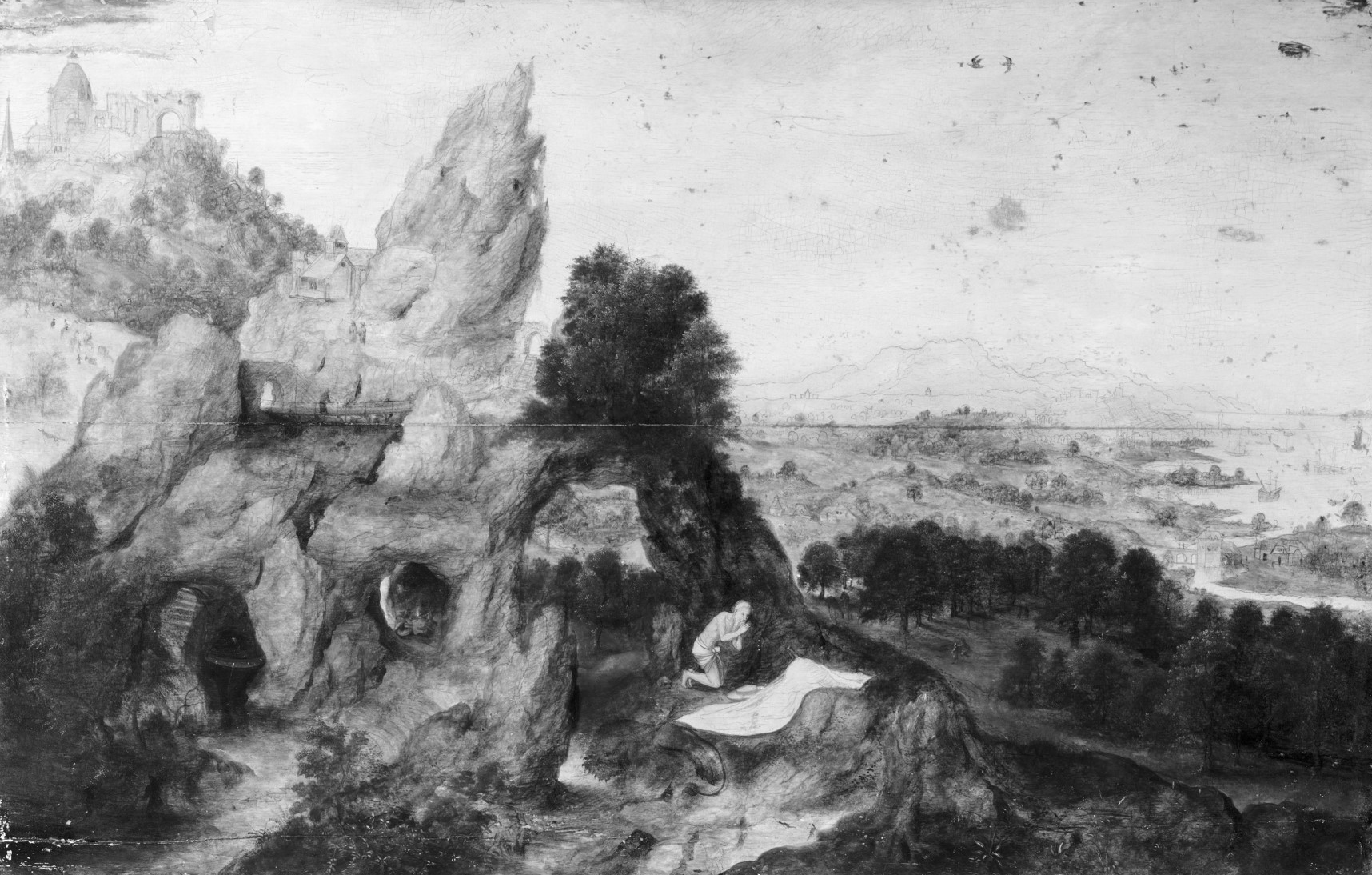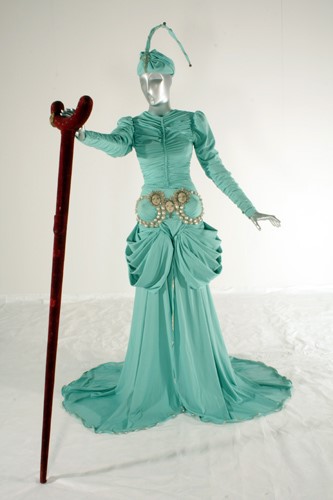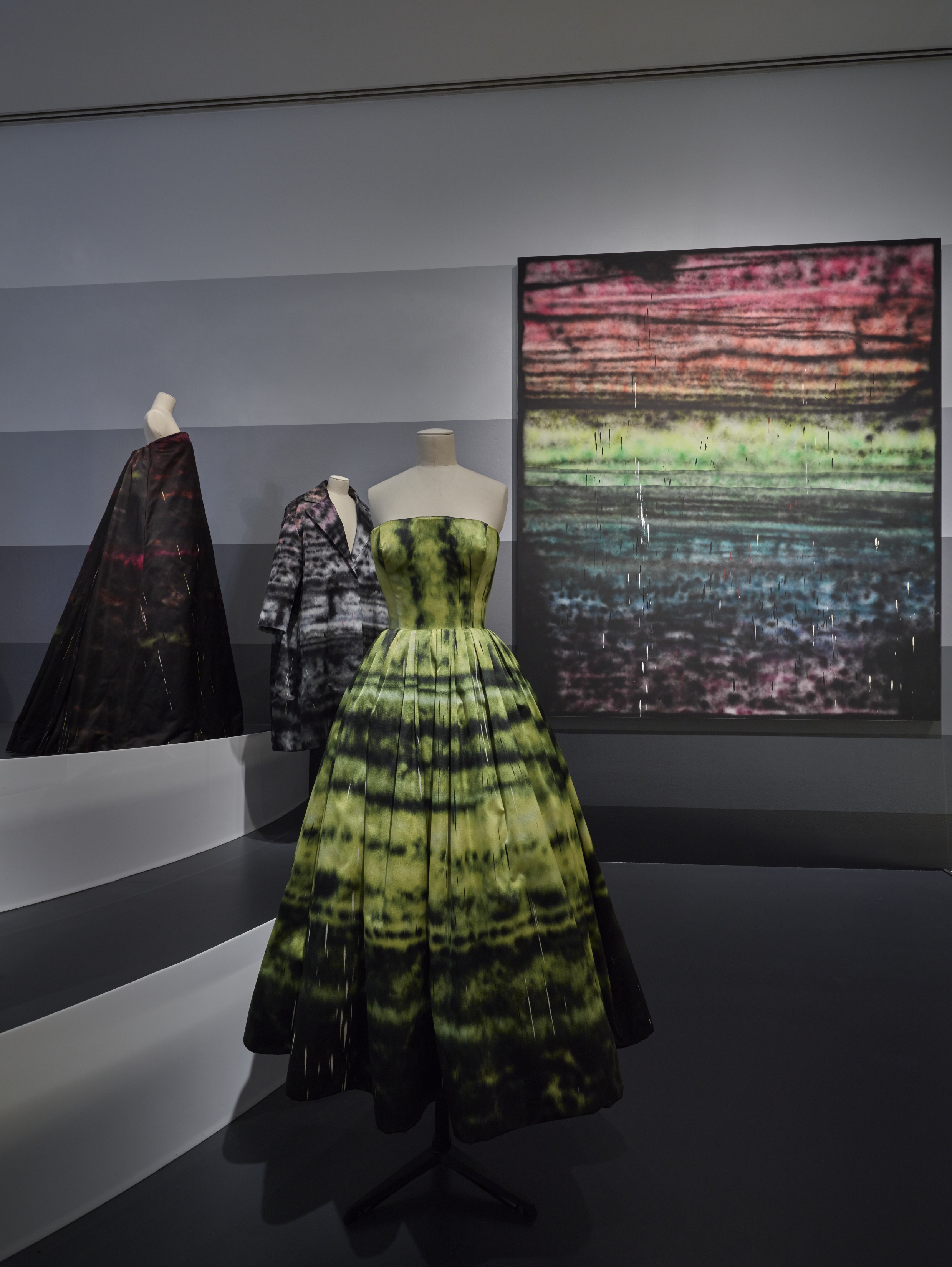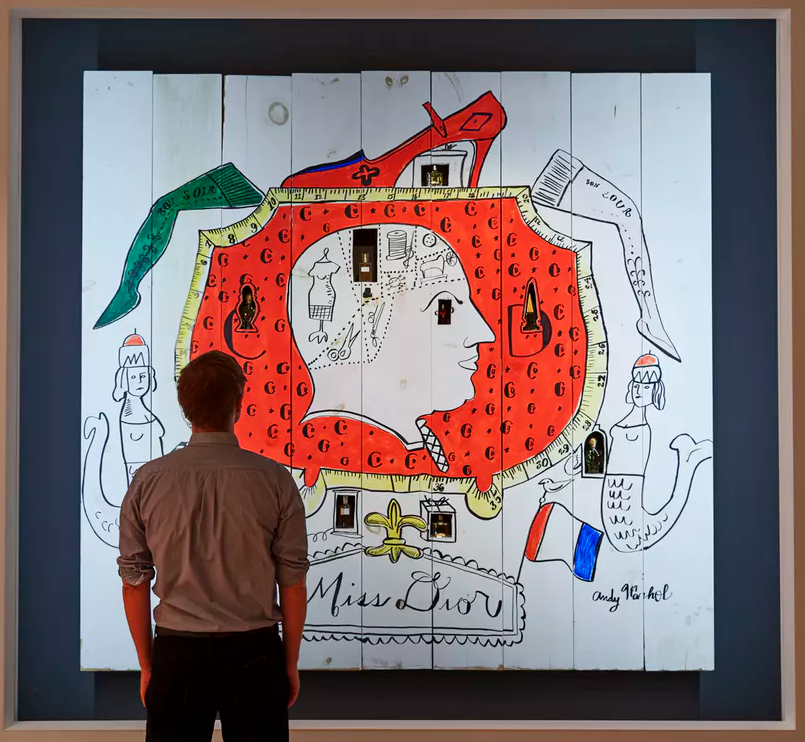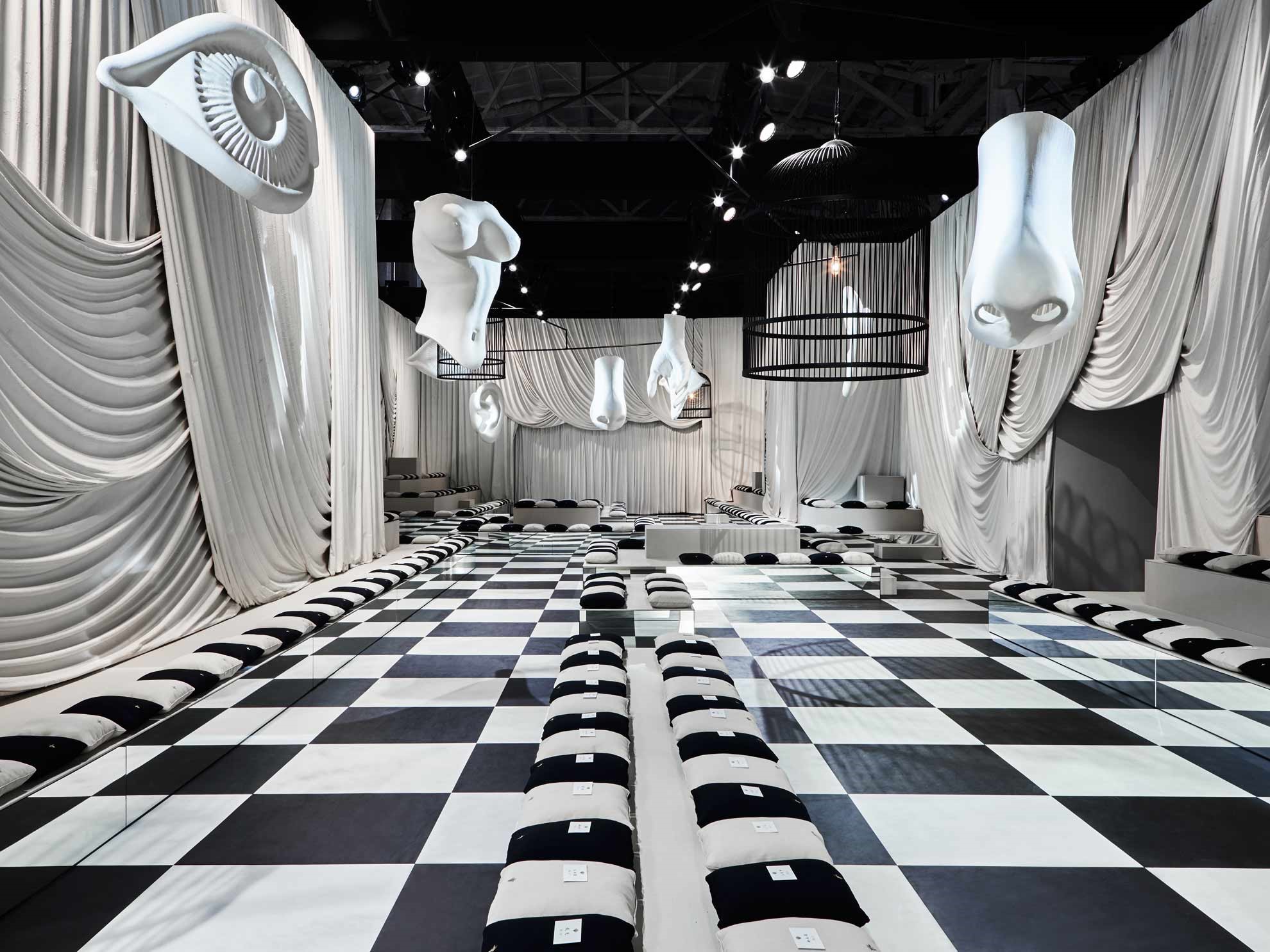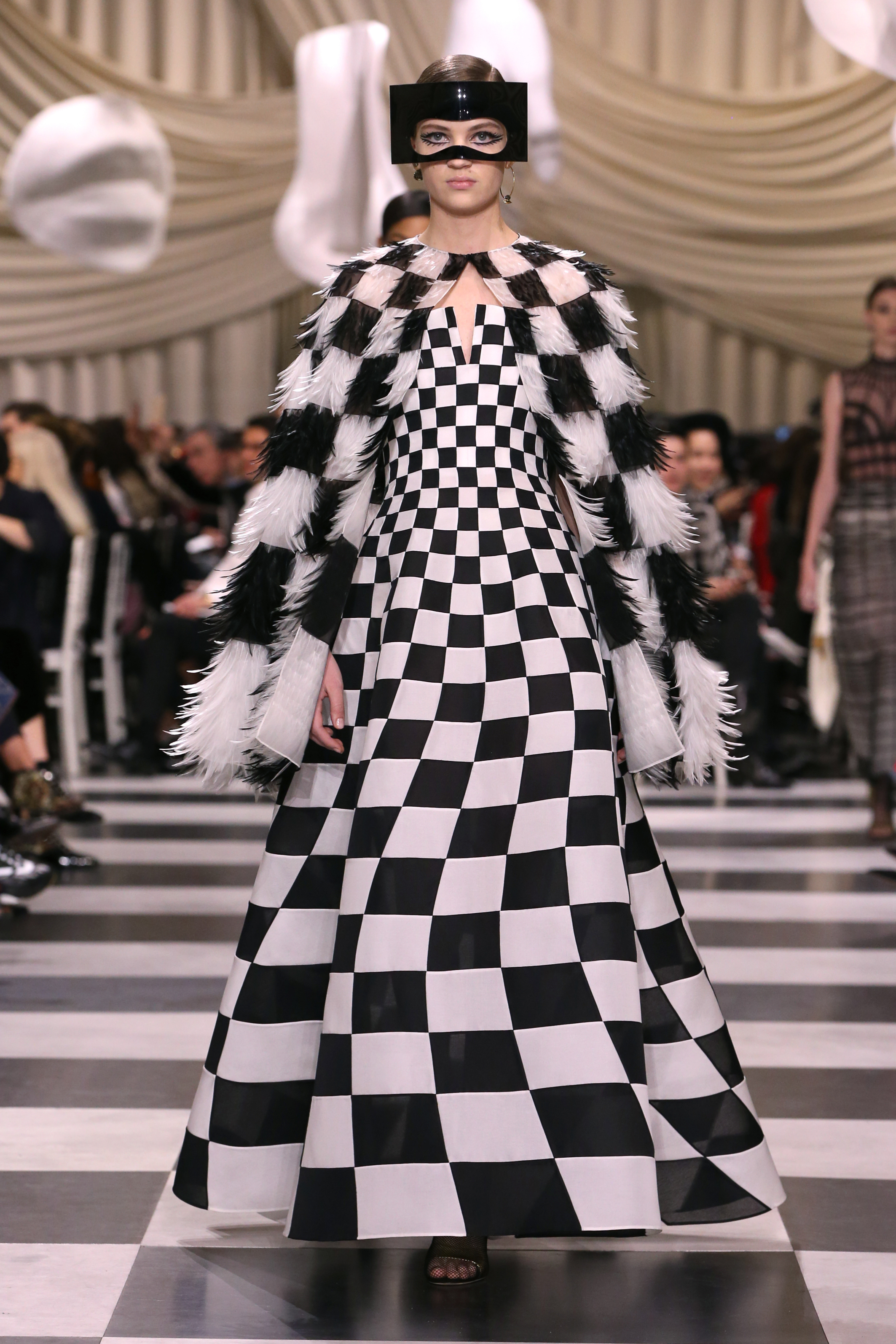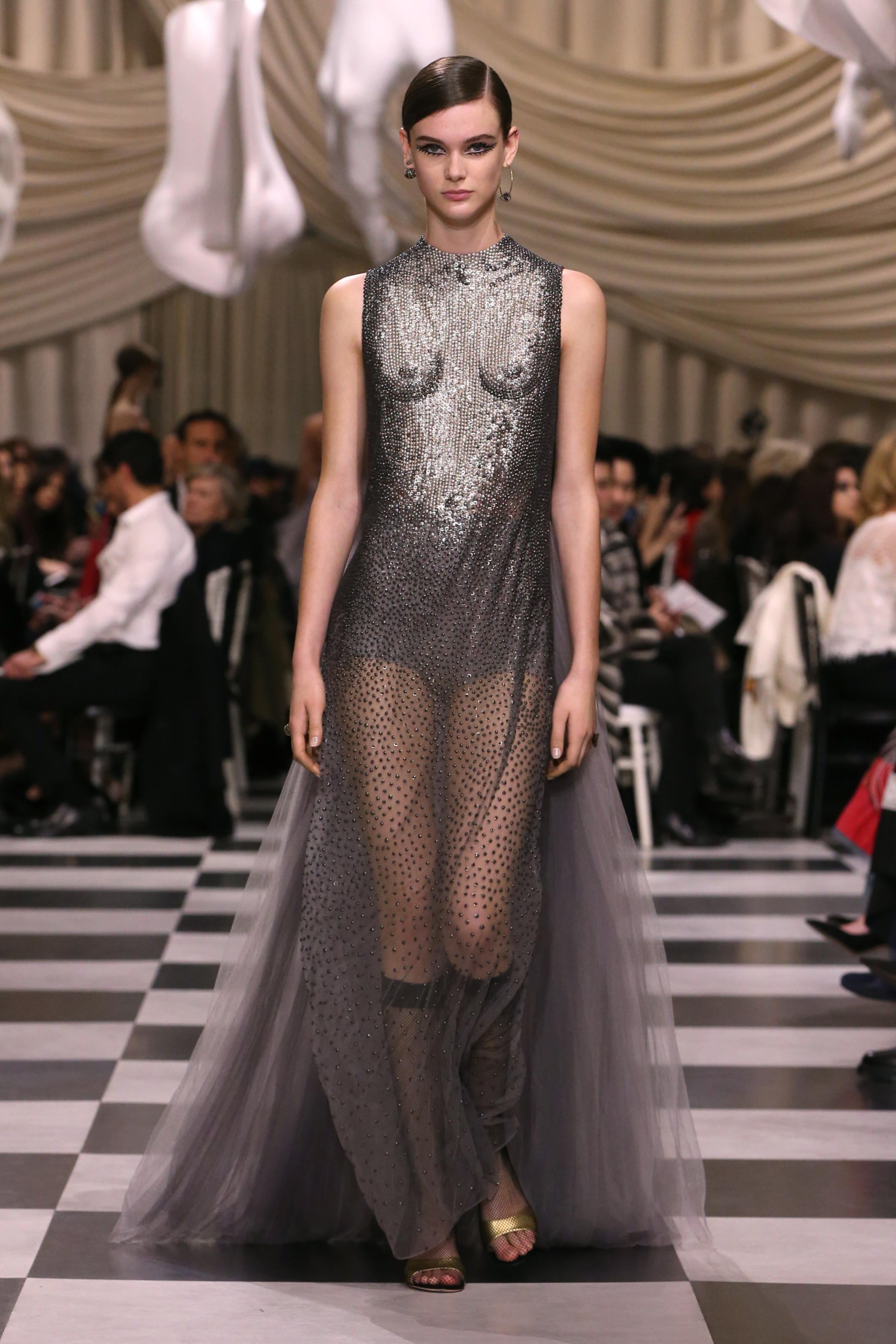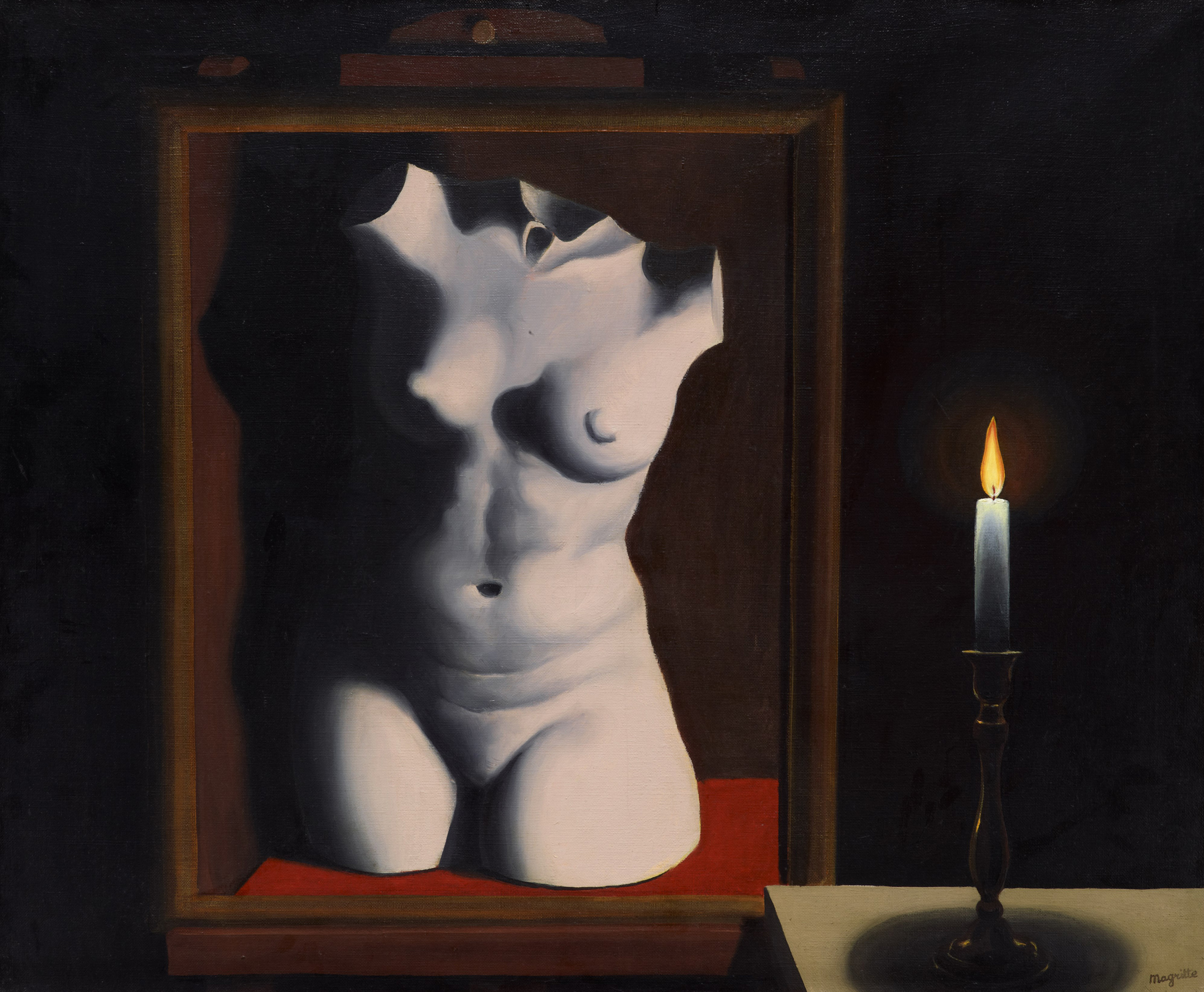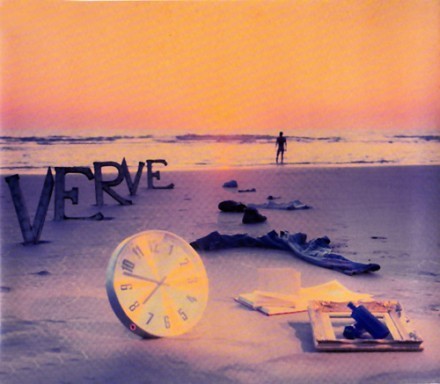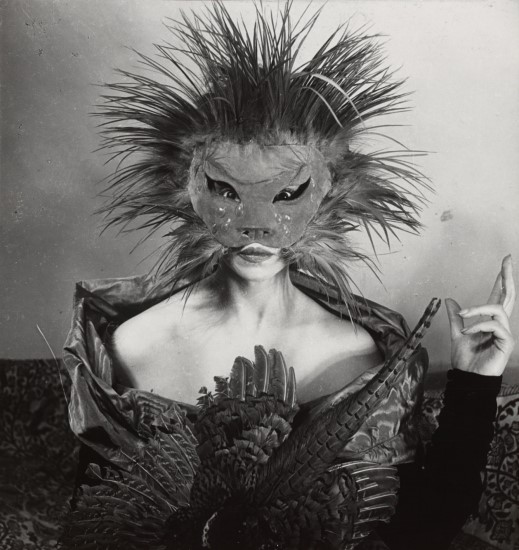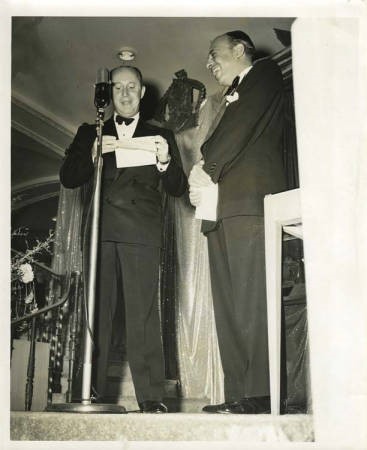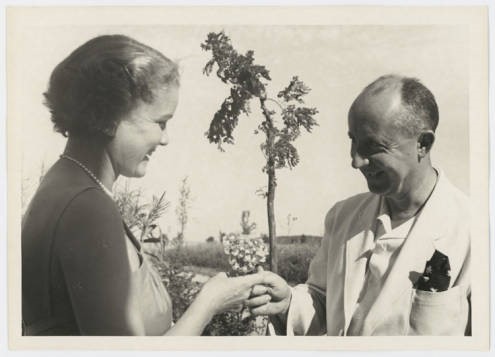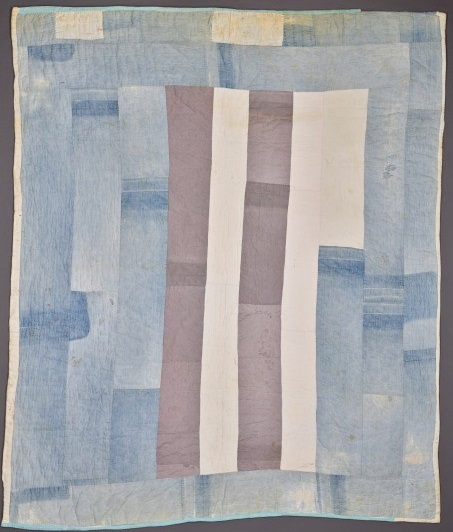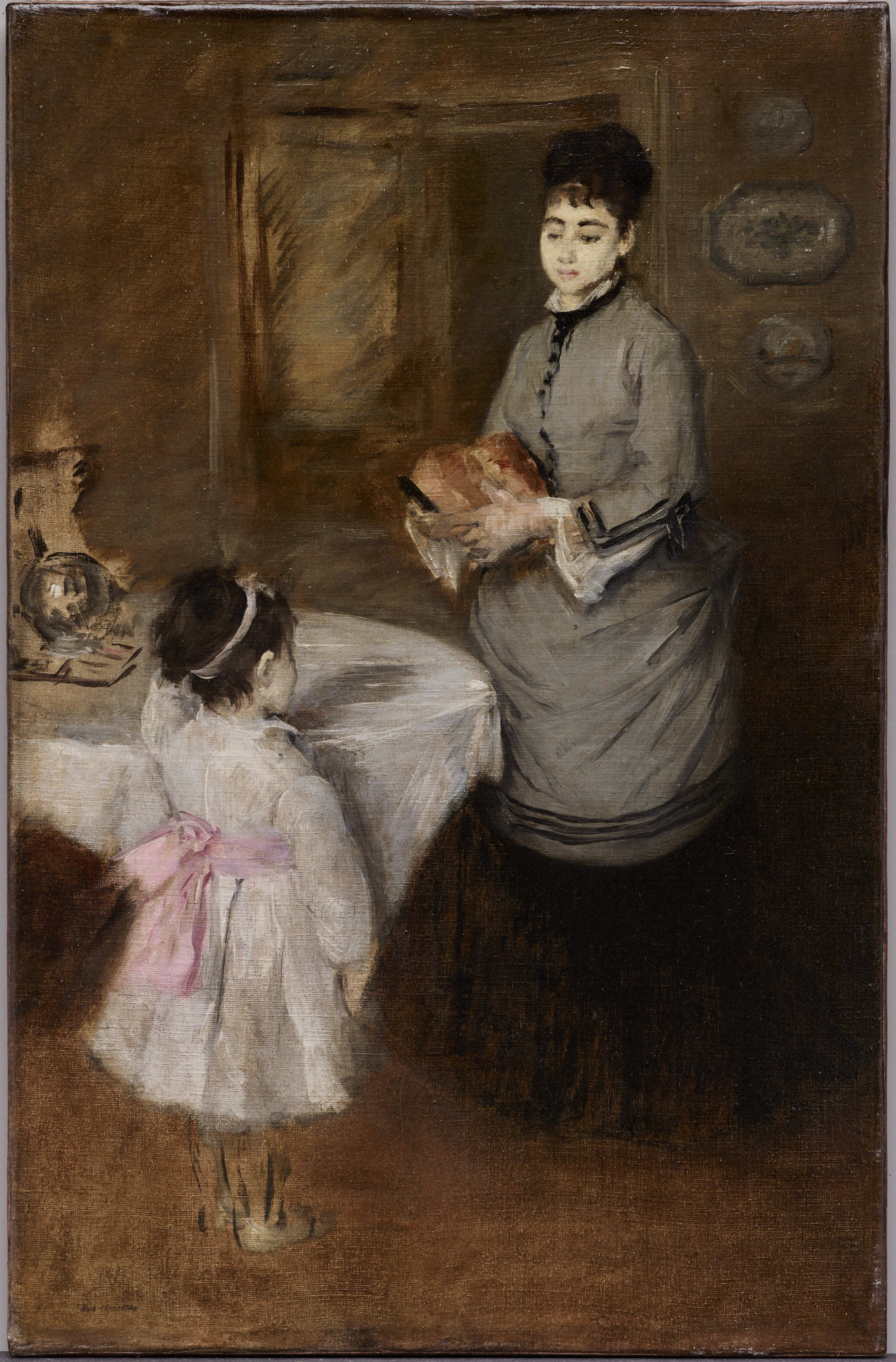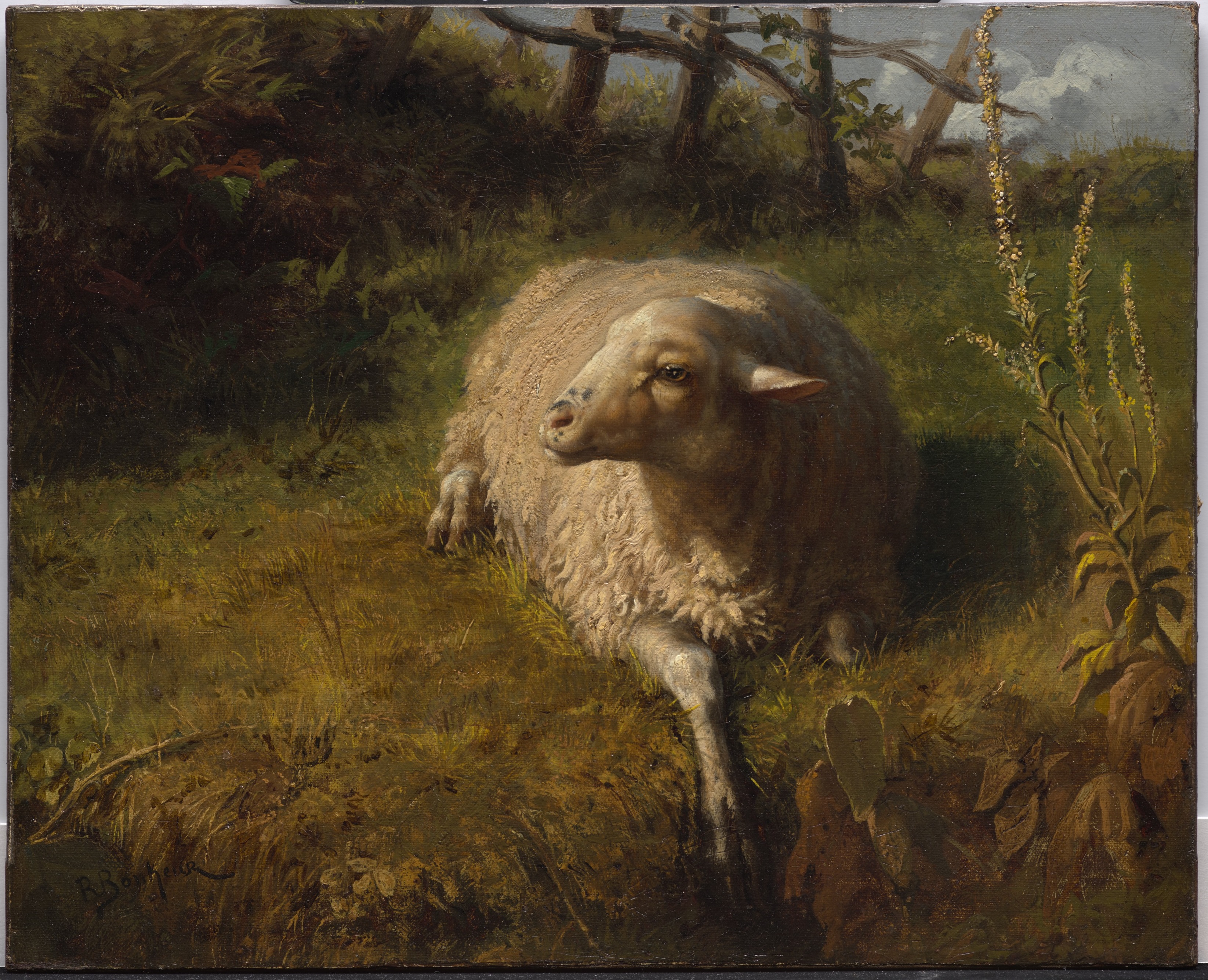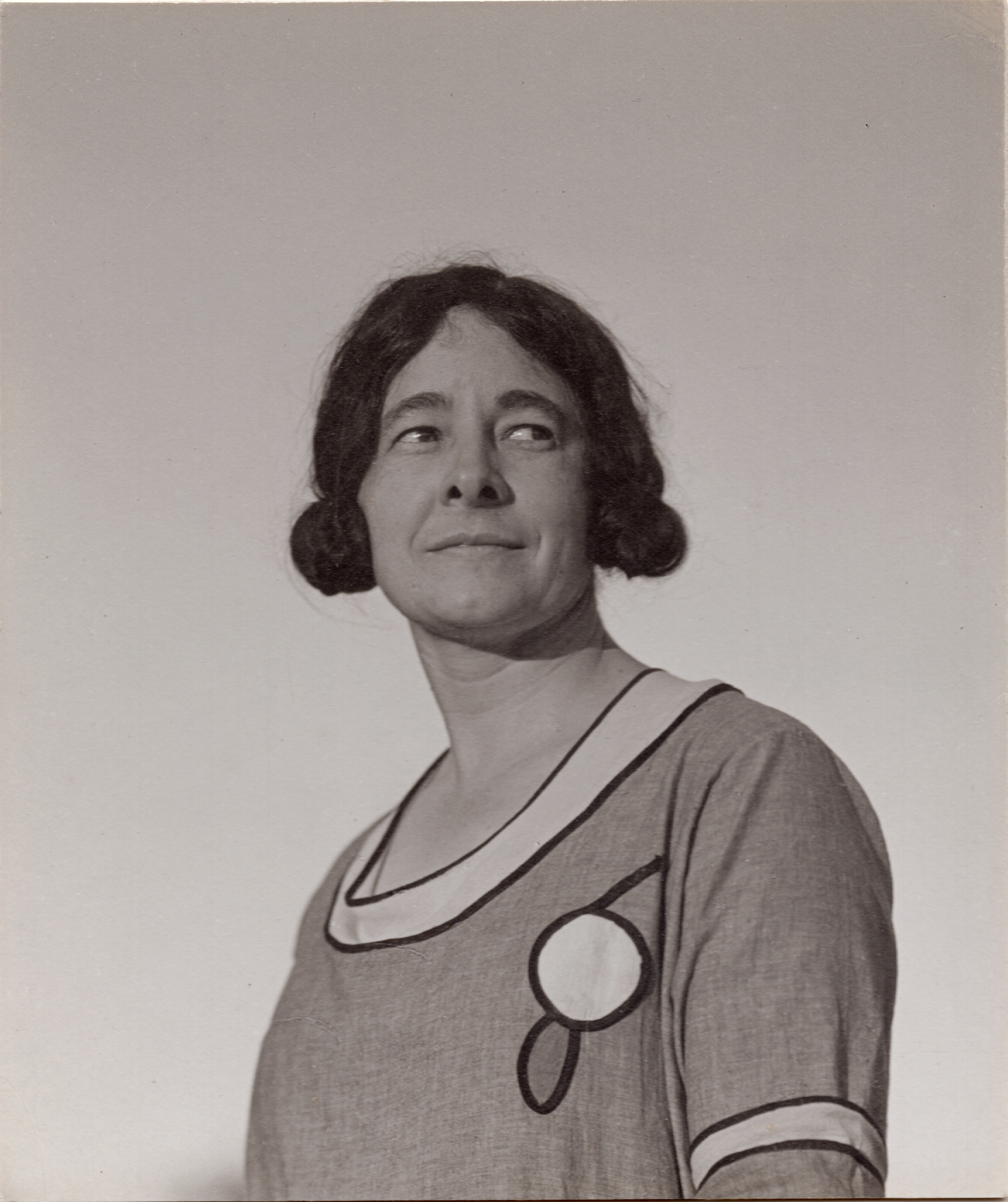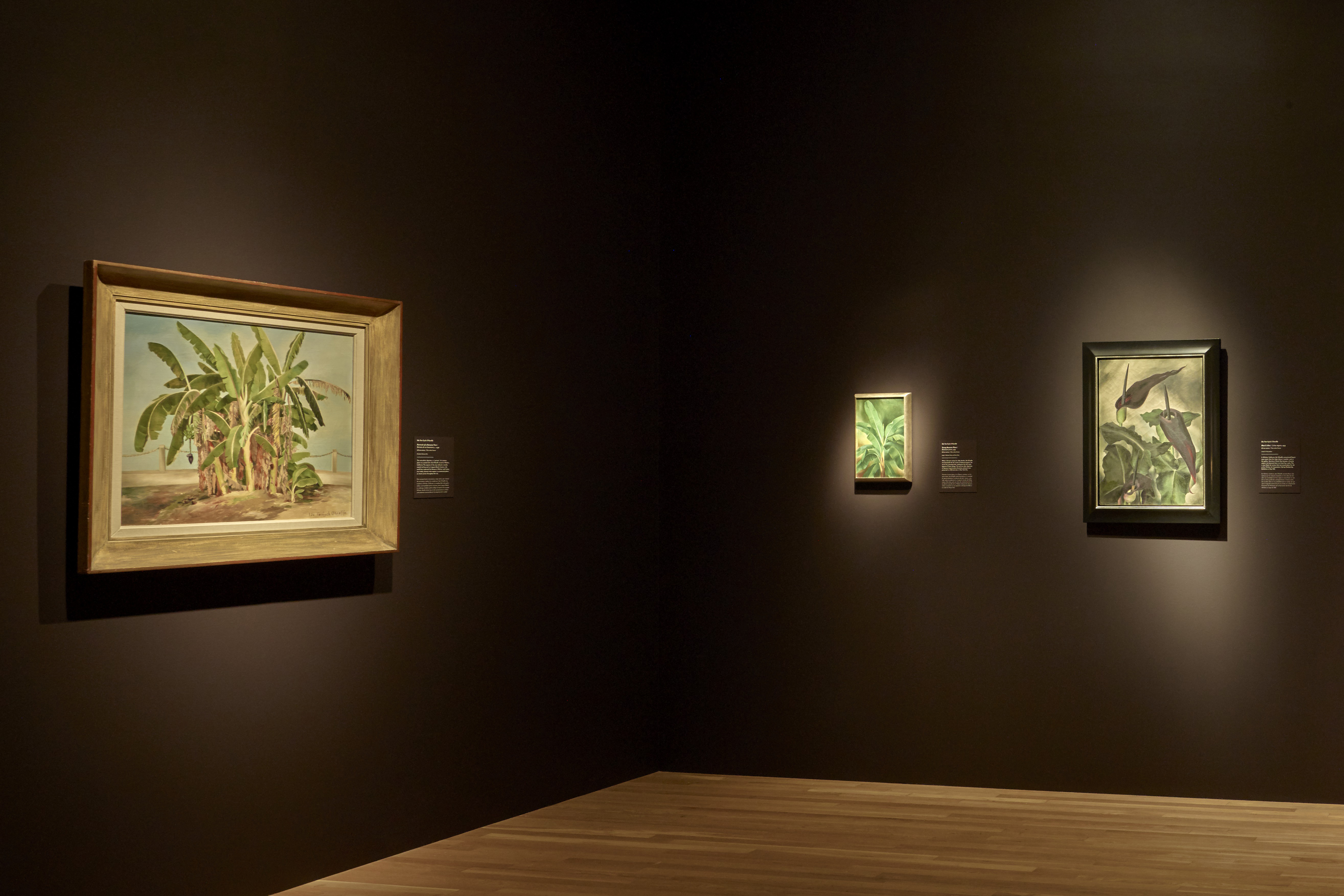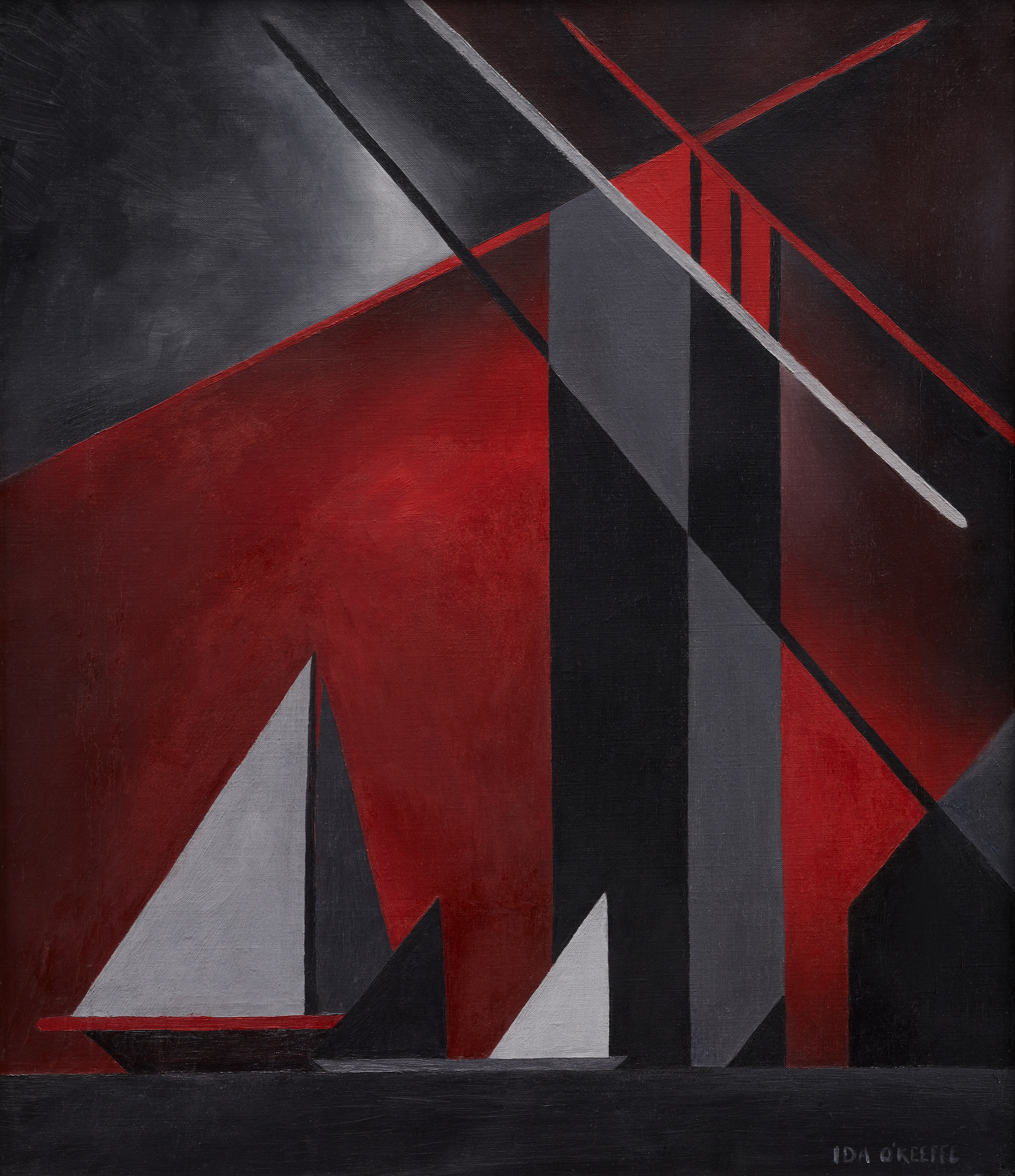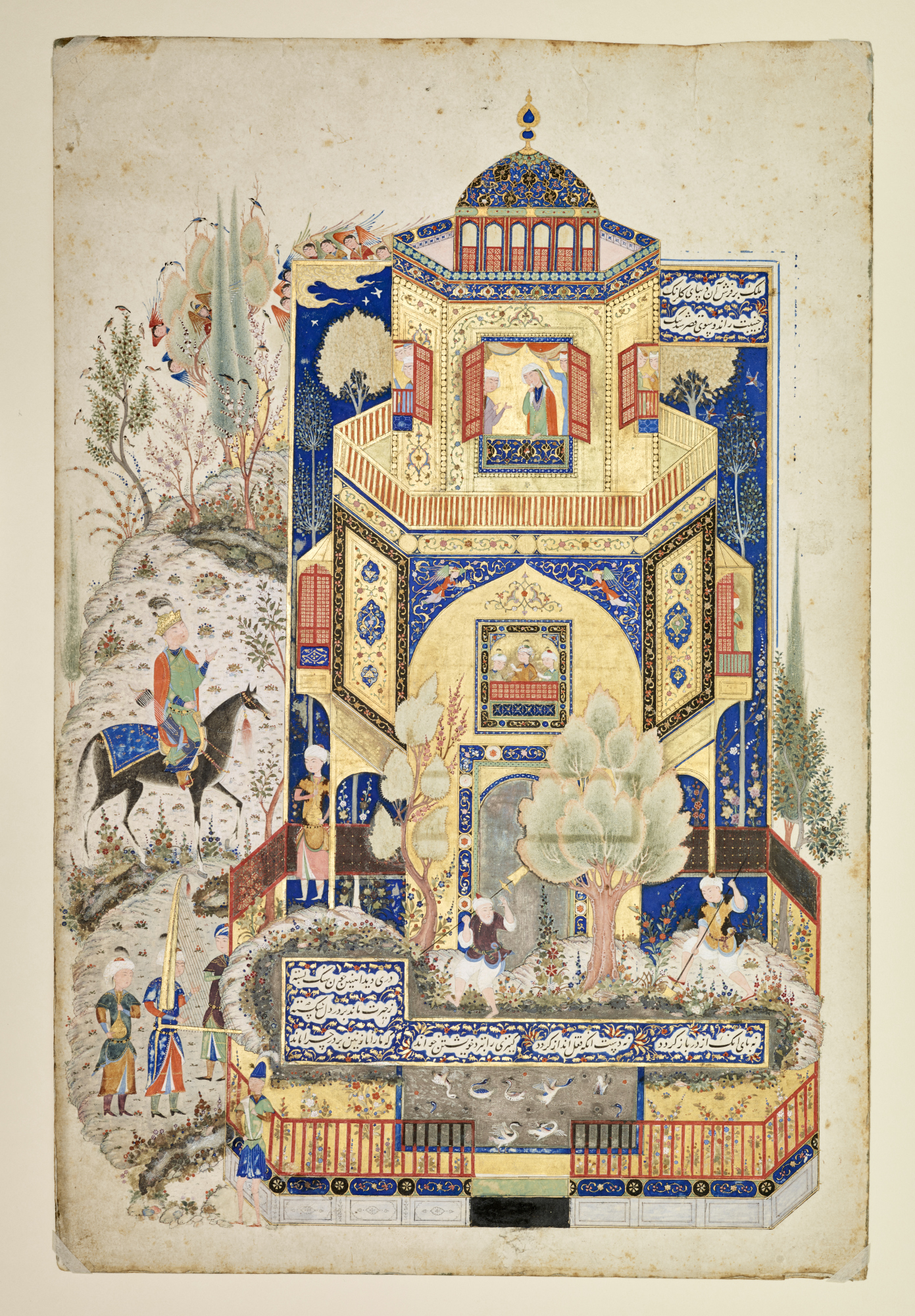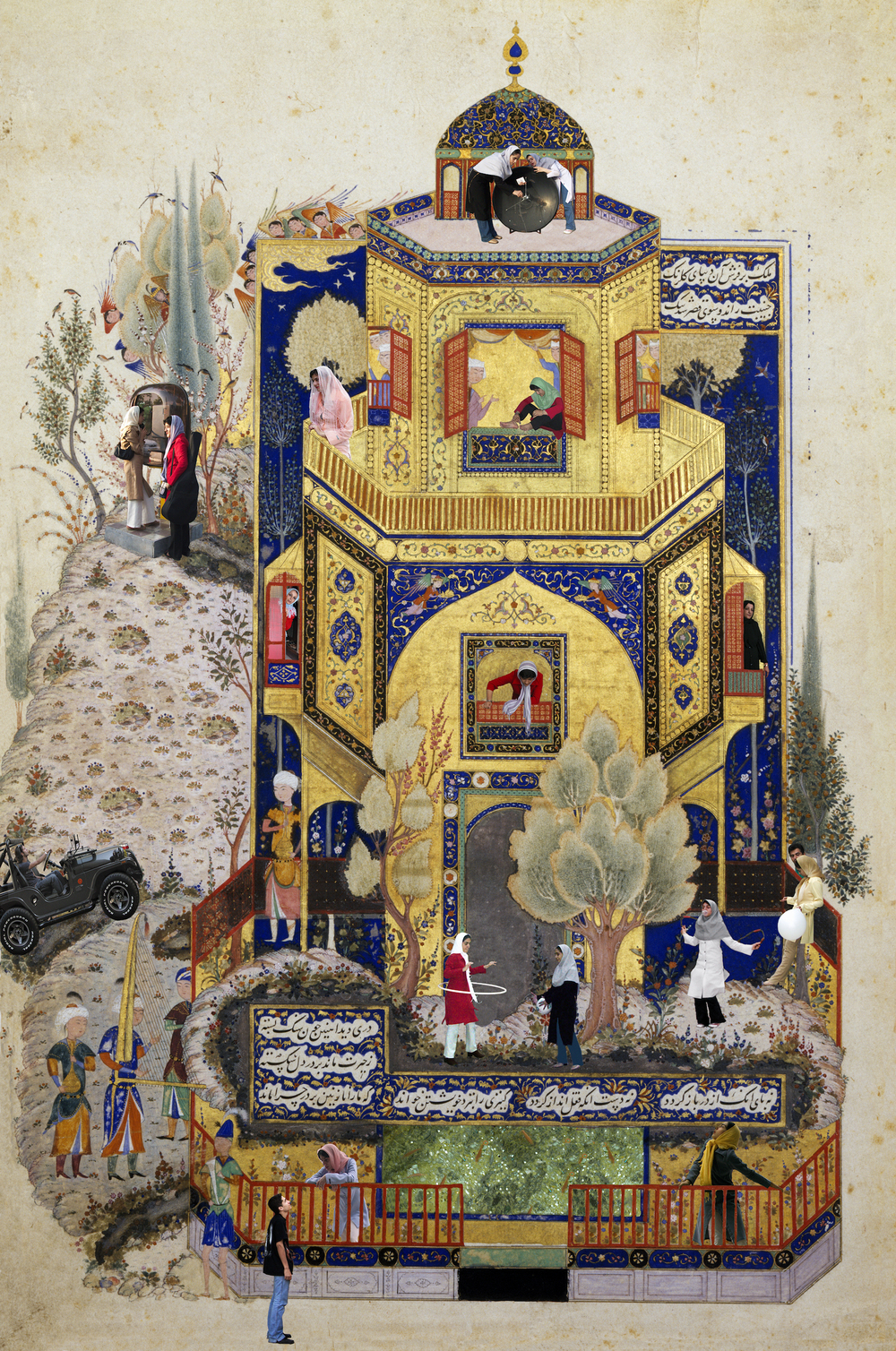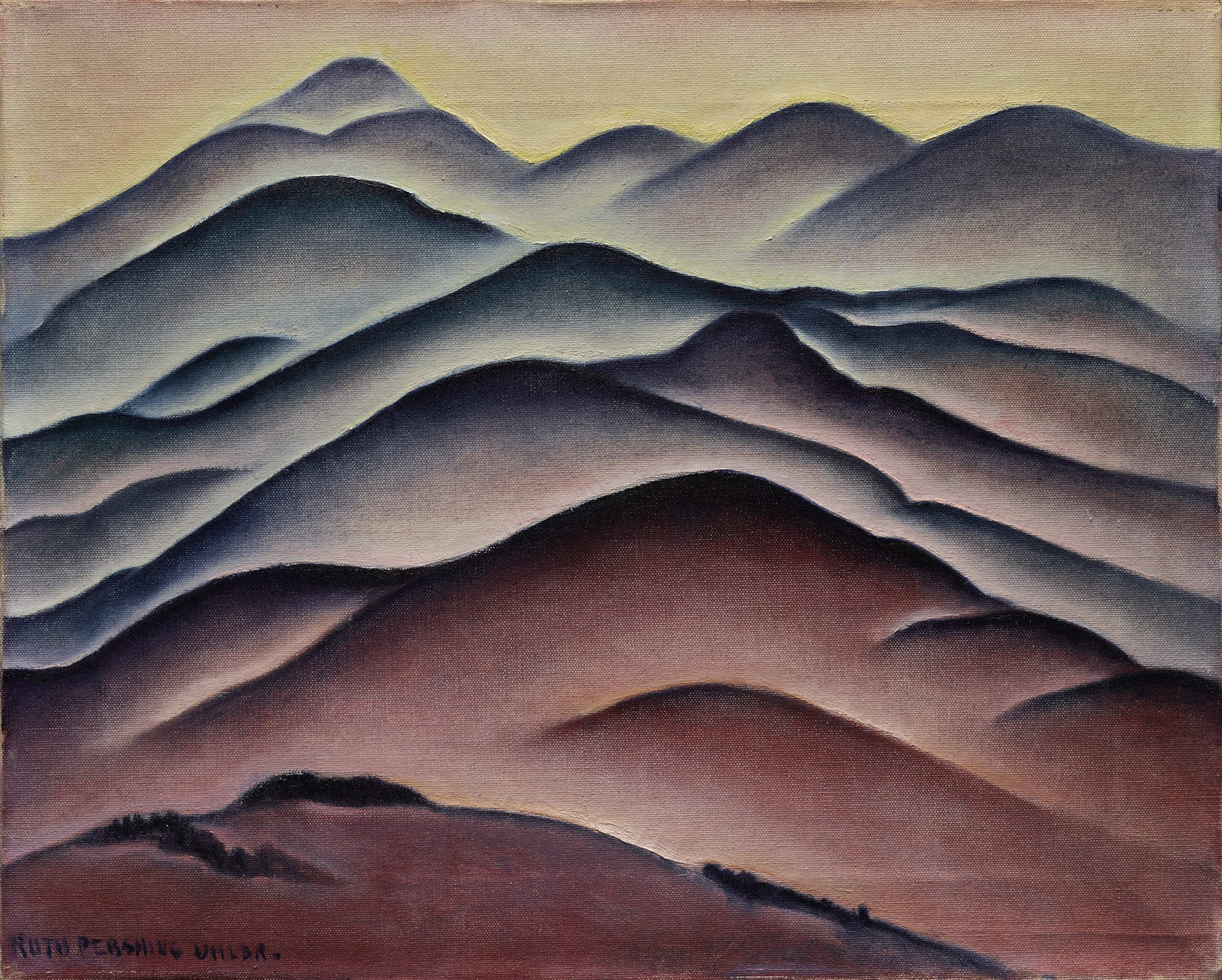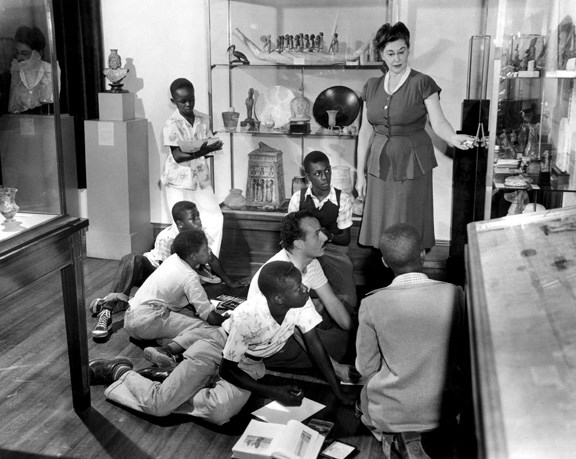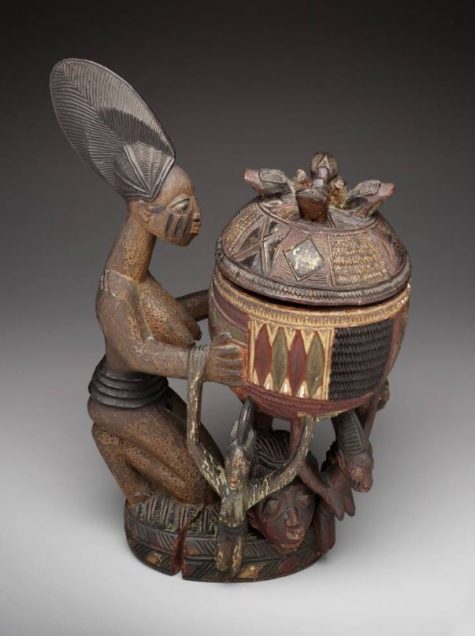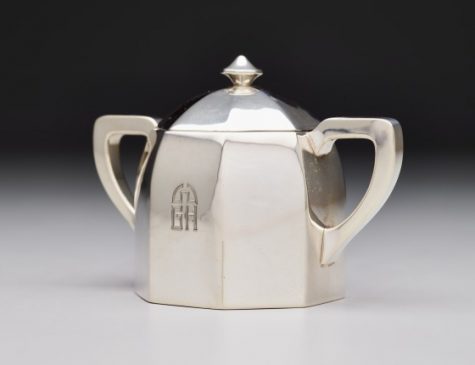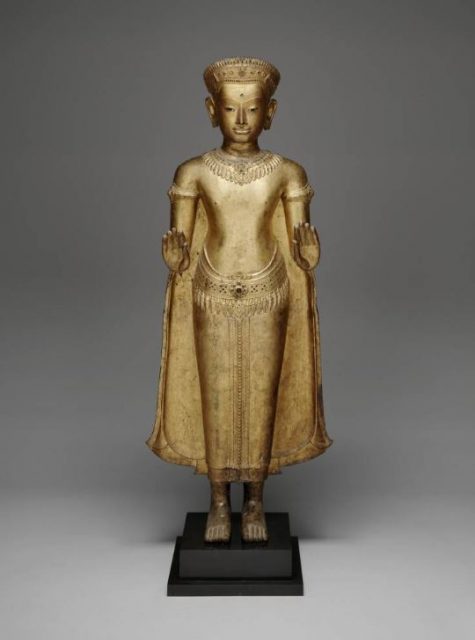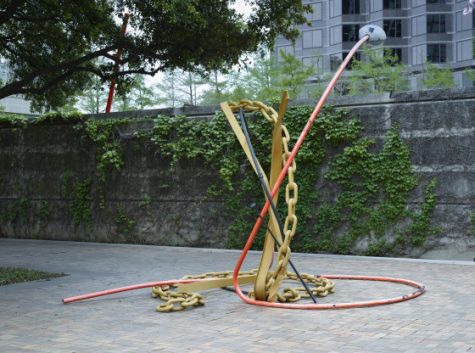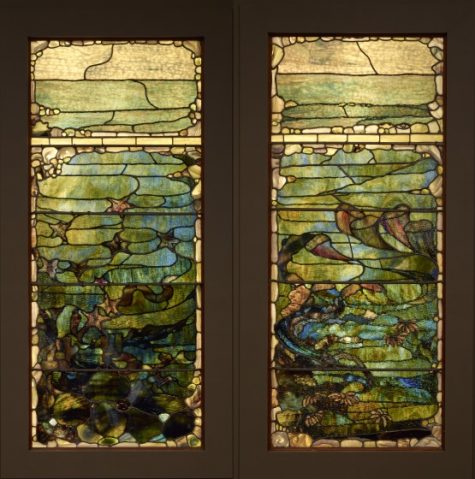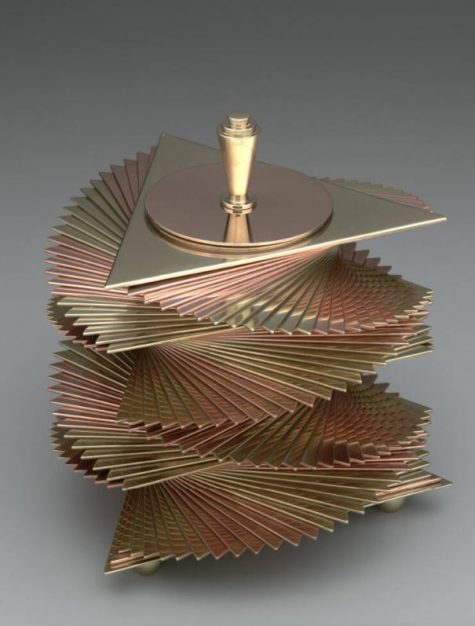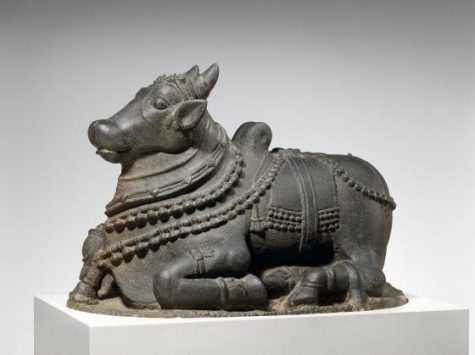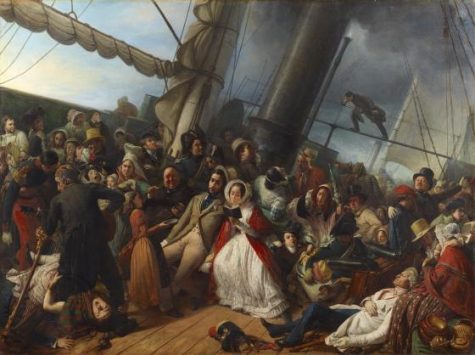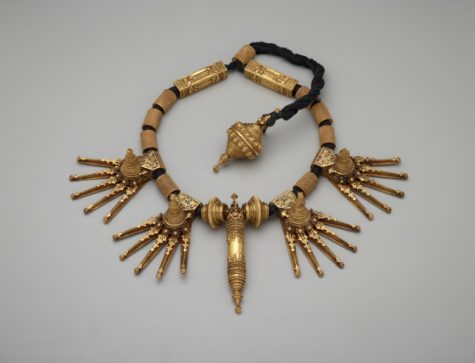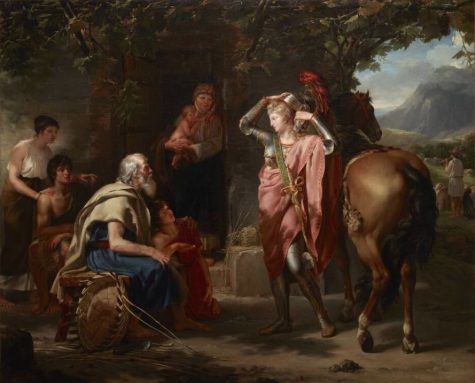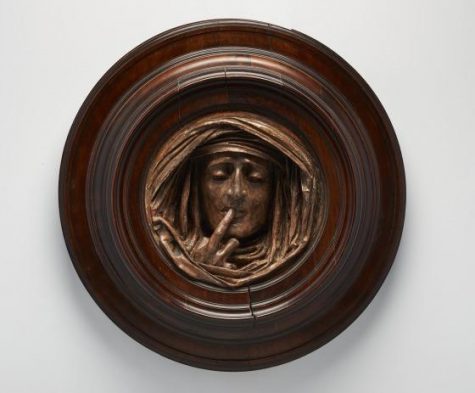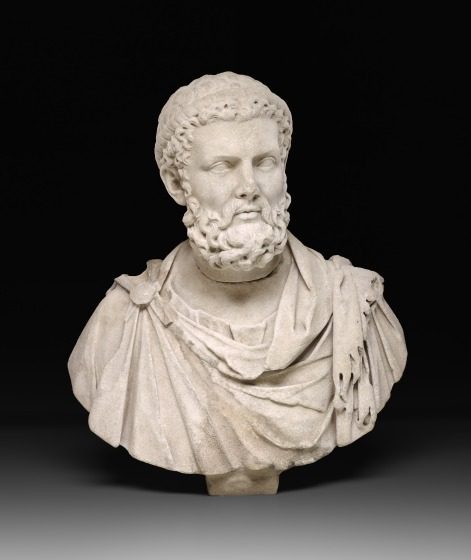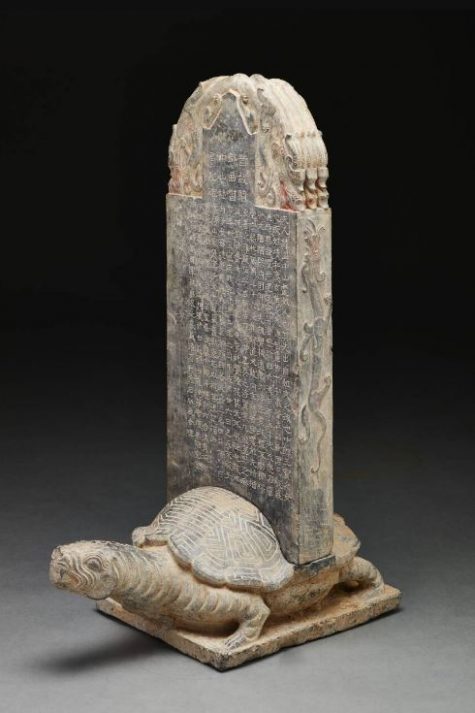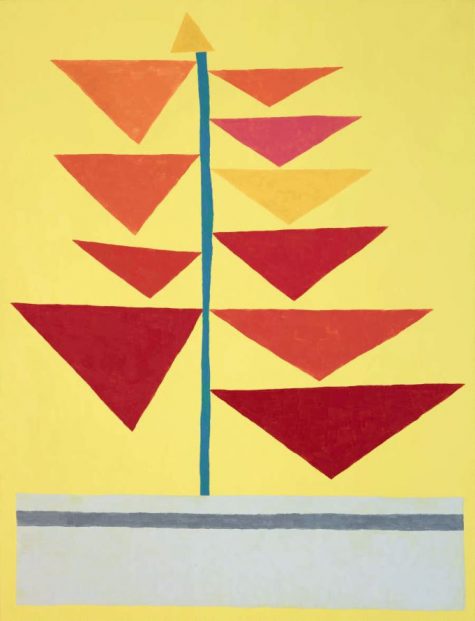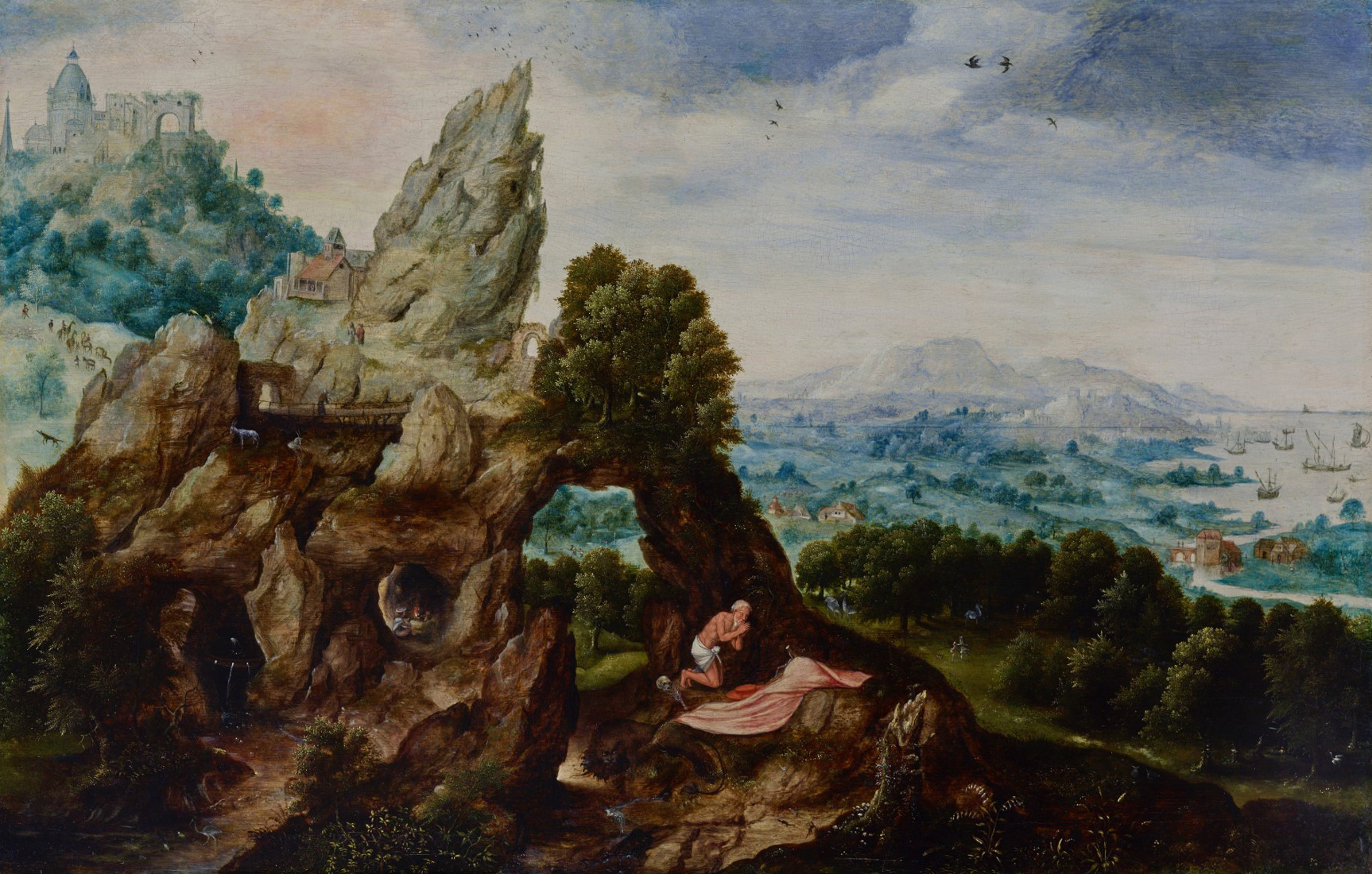
Landscape with Saint Jerome, a fantastical landscape by Herri met de Bles, is hanging in the newly reinstalled European art galleries after years in storage. Before it could be displayed, the 16th-century painting required careful conservation treatment in the DMA’s Paintings Conservation Studio. Treatment revealed a remarkably complex scene, with many tiny figures, hidden creatures, and microscopic details.
Little is known of Herri met de Bles, who was born around 1510 and died after 1550. Regardless of his life being shrouded in mystery, Bles was an important Flemish Mannerist landscape painter, known for knitting together realistic landscape scenes with fantastic imaginary elements. In Italy, where his art was popular, Bles was known as “Civetta” (“owl” in Italian), because he liked to paint little owls into his works, acting as a sort of playfully hidden signature. If you look closely in the tree behind St. Jerome, you will see the beak and eyes of a tiny owl peeking through a tree hollow.
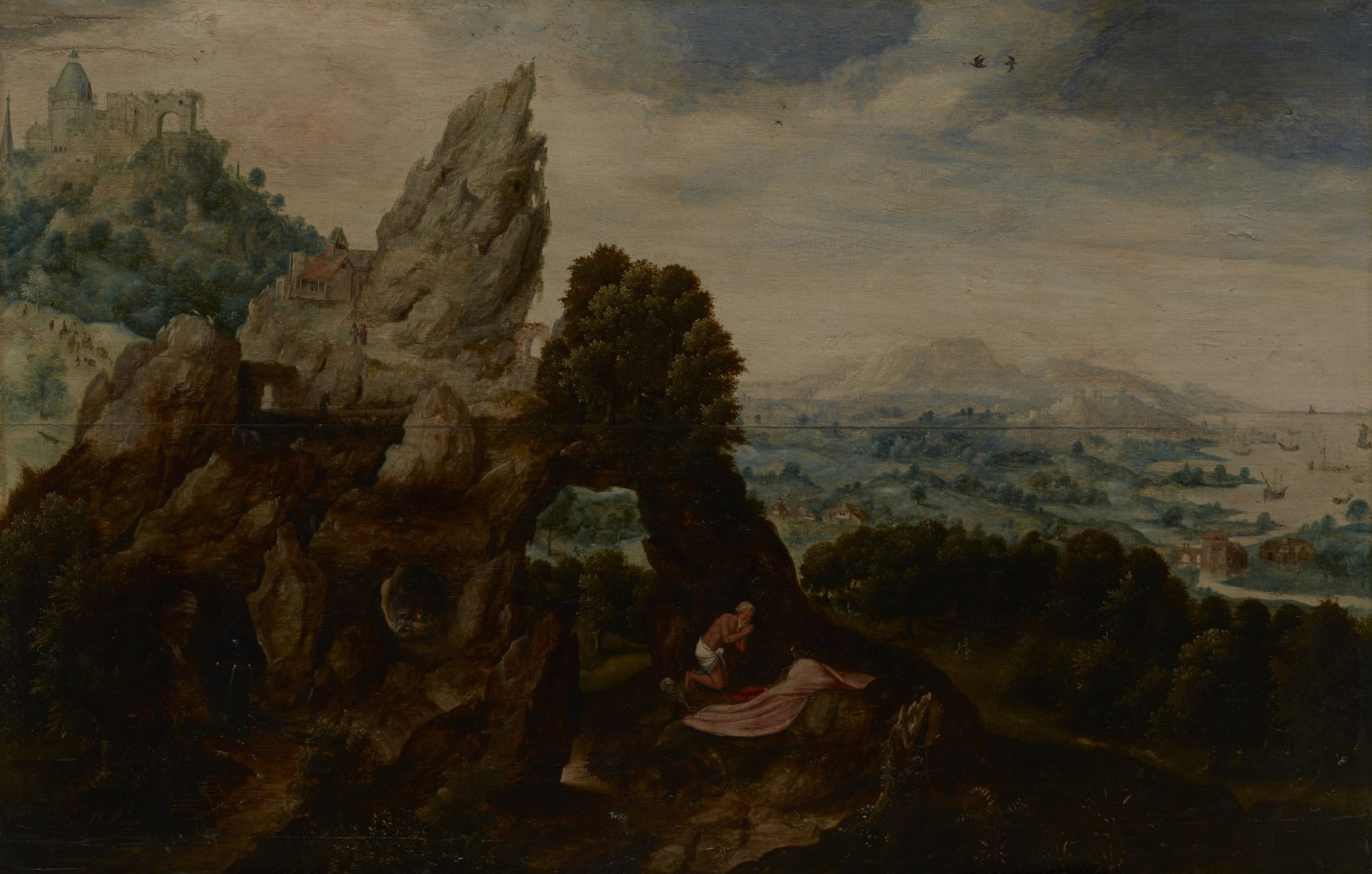
Landscape with Saint Jerome, although striking, arrived at the conservation studio in need of treatment. Bles applied colorful, thin layers of paint over a prepared wooden support. The wood warped over time, causing cracks in the support and paint simultaneously. A darkened varnish further obscured the beautiful and precise details. Paint applied in a previous restoration campaign, which was likely undertaken in the late 19th or early 20th centuries, had also discolored, creating dissonance in the surface of the work and obscuring the overall harmony evoked by the artist in the landscape.
The painting was examined using various techniques—including microscopes, ultraviolet light radiation, infrared reflectography (IR), and x-radiography—to gain insight into the condition of the work and the artist’s techniques. Armed with this information, treatment began in preparation for the reinstallation of the European Galleries.
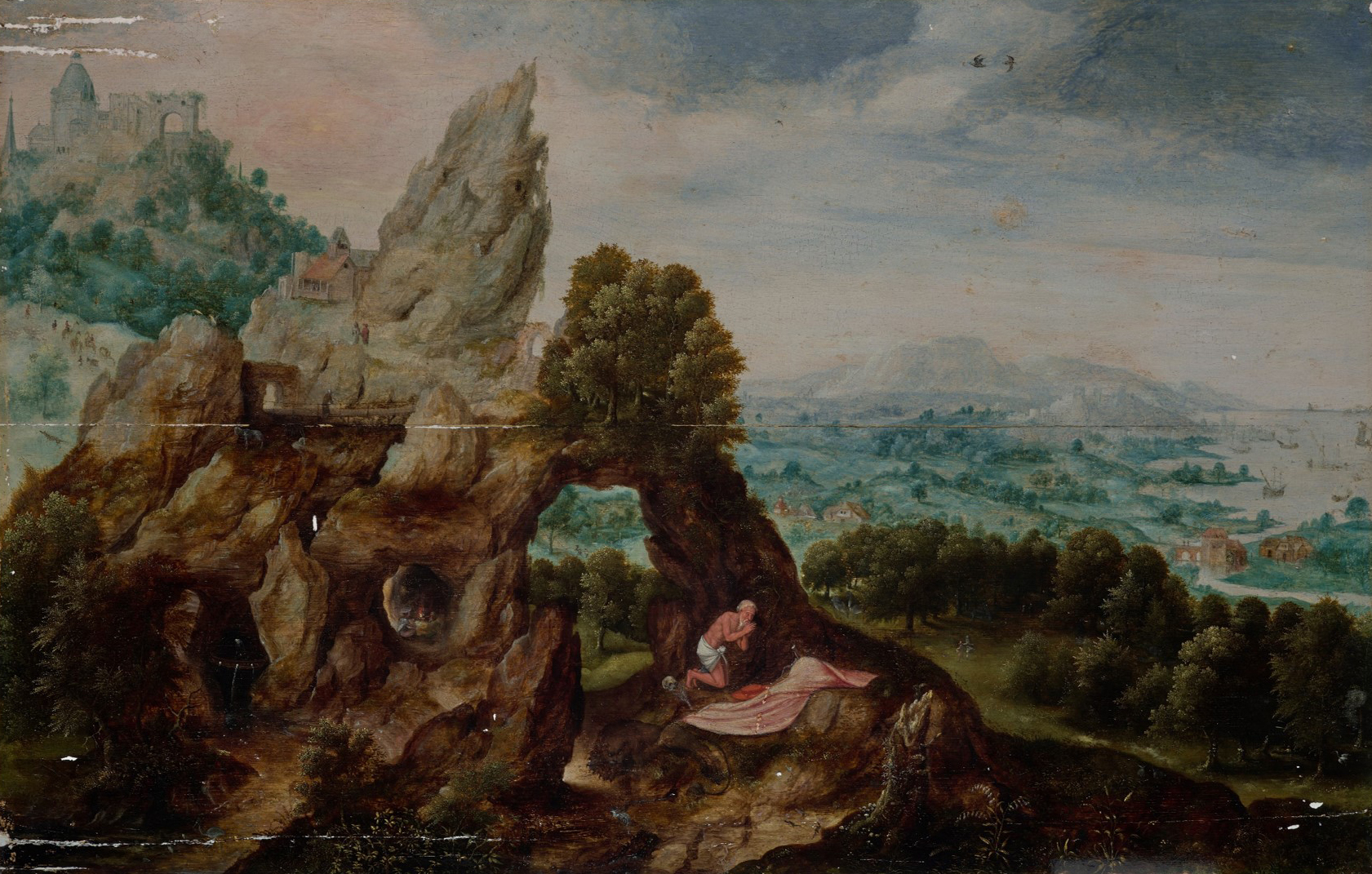
First, the dark and discolored varnish and areas of overpaint were removed. Cleaning revealed a world of detail previously unknown. Photomicrographs show details hardly perceptible without the aid of a microscope. Tiny creatures emerged in the wooded forest scene to the right of the central figure and in the mountains to the left, including a bear and cub family, stags, tiny figures hiking with a dog, and mountain goats. St. Jerome centers the composition and is accompanied by precisely painted attributes, including the skull and lion. He is surrounded by tiny, lively creatures such as squirrels, snails, lizards, mushrooms, and frogs. Bles also renders architectural features beautifully and goes so far as to depict not only microscopic decorative sculpture and architectural features but also decorative friezes noticeable only with magnification.
The IR images revealed especially interesting technical information. An elaborate underdrawing emerged when IR images were captured. Carbon-based materials absorb the infrared radiation and will appear black in IR images, while other materials that do not absorb the radiation will look transparent. Using this technique, underdrawing materials that contain carbon such as black inks, charcoal, and other carbon-containing black pigments become visible underneath overlying paint layers. Transfer marks, appearing as tiny black dots, were visible throughout the underdrawing, suggesting the use of prepared cartoon drawings. More free underdrawing was also observed, and can also be seen in the detail image. This type of underdrawing has been observed in other paintings attributed to Bles and serves as a fingerprint, in a way, of his working method.
After years of being stored away, this gorgeous painting by a mysterious artist is now on view for visitors to explore as part of free general admission. The landscape’s abundance of details will reward close looking, and the work serves as a dynamic addition to the newly reinstalled European Galleries.
Laura Hartman is the Associate Conservator at the DMA.
UPDATE: This post was originally written with the artwork title Saint Jerome in the Wilderness. As of May 15, 2020, our curators have identified this work’s title as Landscape with Saint Jerome.
Image: Herri met de Bles, Landscape with Saint Jerome, about 1540, oil on panel, Dallas Museum of Art, The Karl and Esther Hoblitzelle Collection, gift of the Hoblitzelle Foundation, 1987.21
